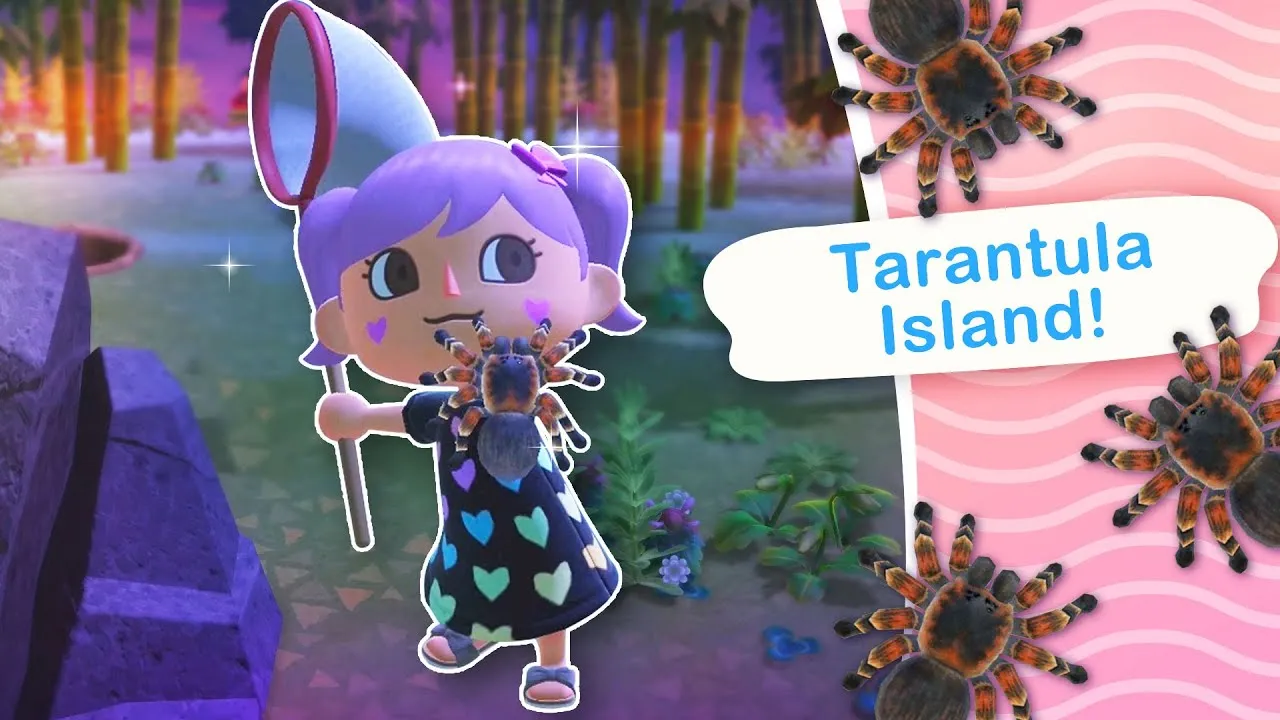Why Tarantula Island Isn’t Working
Tarantula Island, a coveted destination in Animal Crossing New Horizons (ACNH), offers players a fantastic opportunity to amass Bells by catching these valuable arachnids. However, many players encounter situations where Tarantula Island simply doesn’t function as expected. Instead of a swarm of tarantulas, they might find a barren landscape or a frustrating mix of other bugs. This guide aims to pinpoint the common reasons why Tarantula Island might not be working, providing you with practical solutions and tips to transform your island into a lucrative tarantula farming paradise. Understanding the mechanics behind the island’s spawn system and addressing potential issues is key to a successful tarantula hunting experience.
Common Causes of Tarantula Island Issues
Several factors can disrupt the tarantula spawn rate on the island. These include the presence of other bugs, the island’s overall layout, and even the time of day. The game’s mechanics prioritize certain bugs over others based on the island’s conditions. If your island isn’t properly cleared, other insects, such as tiger beetles or wharf roaches, may take precedence, significantly reducing the number of tarantulas that appear. Furthermore, the time of year and weather conditions can also play a role; tarantulas are not available all year round, and rain will also significantly impact spawn rates. It’s essential to address these common issues to optimize your island for tarantula spawns.
Tarantula Island’s Spawn Mechanics
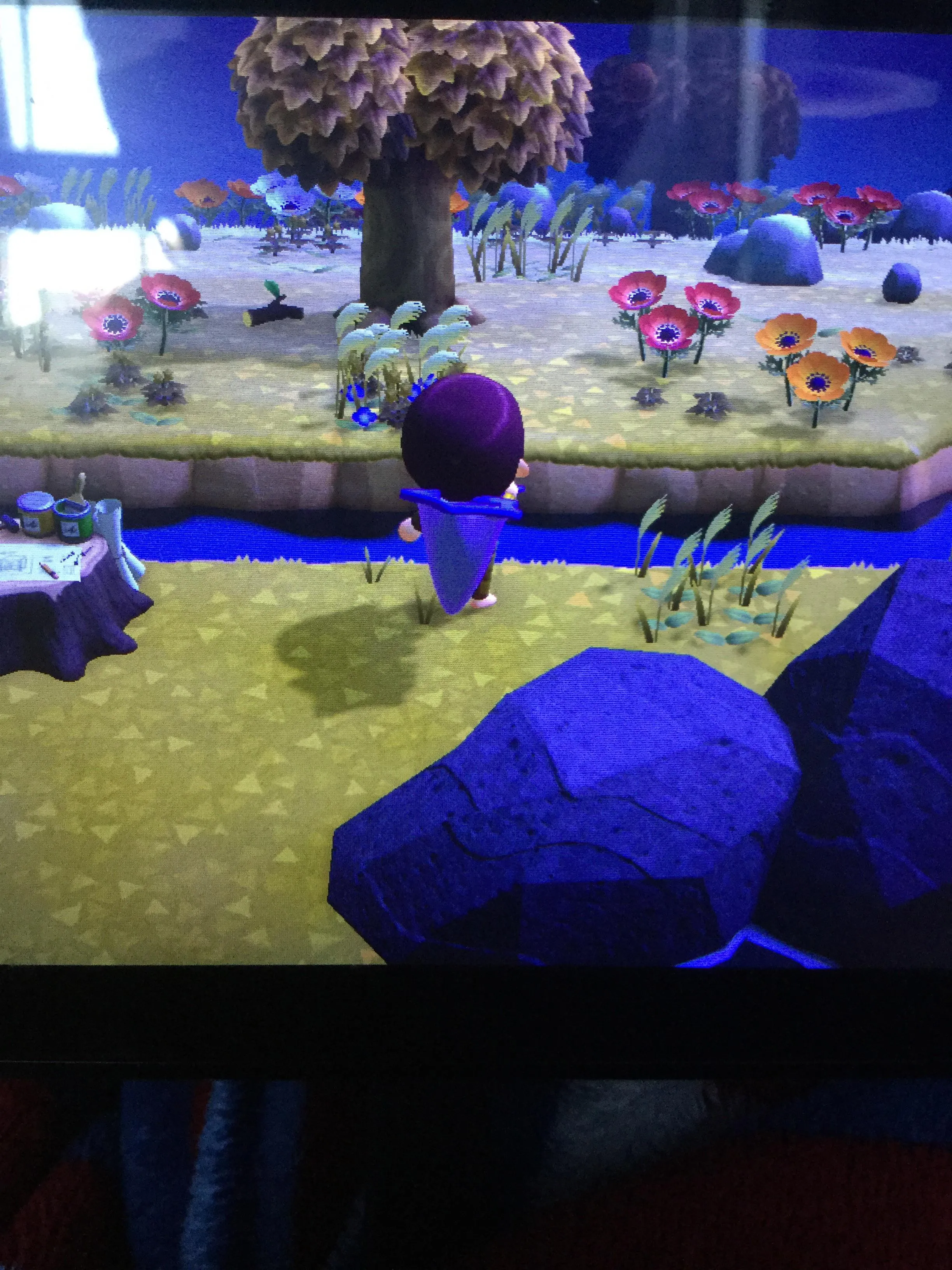
Understanding the spawn mechanics of Tarantula Island is critical to troubleshooting problems. The game uses a system that determines which bugs will appear on the island based on various environmental factors. The presence of certain elements, such as flowers, trees, and weeds, can affect the spawn rates of specific bugs. For tarantulas to spawn effectively, you need to create an environment where they are the primary, if not the only, creature that can spawn. This involves removing all potential competing insects, such as water bugs and other ground spawns. Understanding these core principles will help you identify and fix the issues you’re facing on Tarantula Island
How Island Spawn Works
The spawn system prioritizes bugs based on their specific requirements and the current environment. Each ‘space’ on the island has the potential to spawn a bug. The game calculates which bugs are eligible to spawn at that time, taking into account factors such as the time of day, the season, and the presence of specific environmental elements. The system then chooses from the eligible bugs. The goal is to manipulate the island’s environment to increase the chances of tarantulas being the only creatures that can spawn, thereby maximizing their appearance. By understanding this process, you can implement the necessary changes to improve your tarantula-catching efficiency.
Villagers and Bugs Interactions
The presence of villagers on the island can significantly affect the spawning of tarantulas. Villagers and other special characters, like Gulliver, can occupy spawn spaces, which means fewer spaces for tarantulas. Additionally, villagers will also scare away tarantulas, making it harder to catch them. If you are experiencing issues with tarantula spawning, ensure that no villagers have accidentally joined you on the island. Remember, a cleared island with no interference from other entities is essential to maximizing your tarantula haul, so it’s important to consider interactions and how the game handles them.
Why Villagers Can Ruin Island Spawn
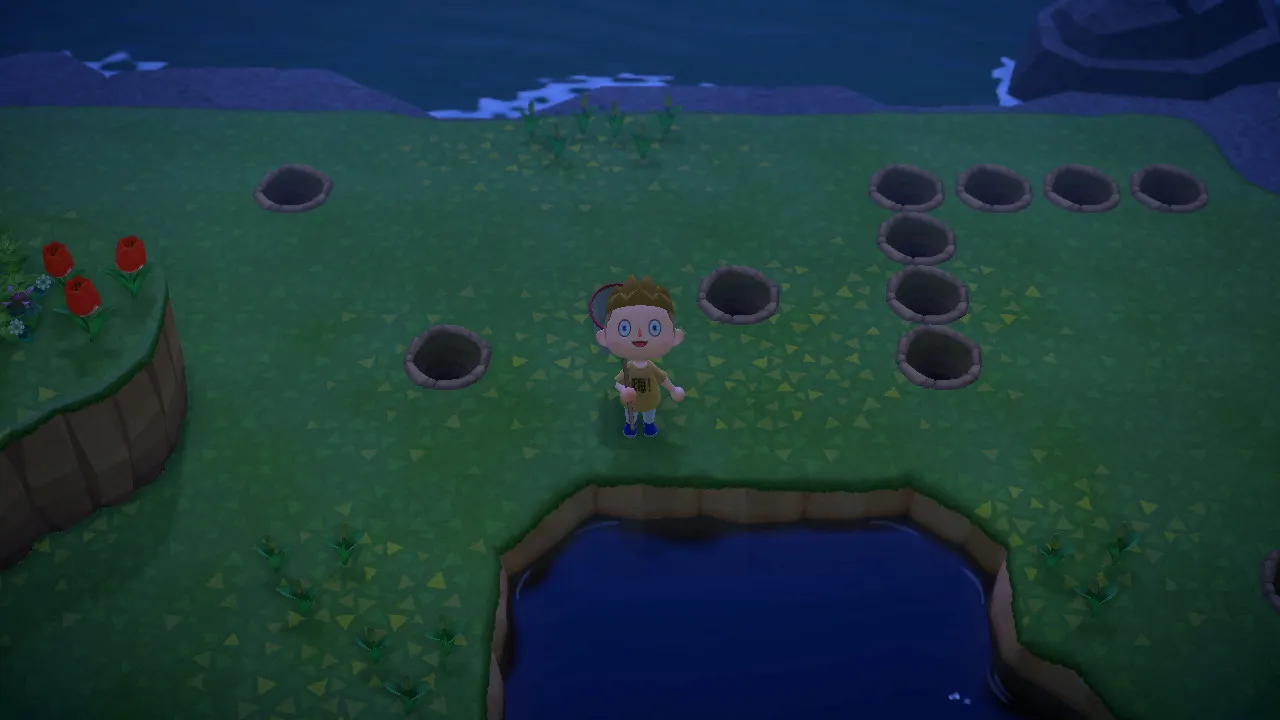
Villagers can ruin the tarantula spawn process in several ways. They will occupy spawn spaces, preventing tarantulas from appearing. Furthermore, villagers, when they are on the island, will walk around. Any movement will scare off tarantulas, making it almost impossible to catch them. They also change the conditions for tarantula spawning, which includes occupying critical ground spaces, which reduces the number of tarantulas that can appear. Avoiding taking villagers to the island when you are attempting to farm tarantulas is an important step.
Clearing the Island for Tarantula Spawns
Transforming your island into a tarantula haven requires careful preparation. This involves clearing the island of anything that might interfere with tarantula spawns. The goal is to create a completely barren landscape where only tarantulas can appear. This means getting rid of flowers, trees, weeds, and anything else that could serve as a spawn point for other insects. While it may seem tedious, the effort pays off in terms of the number of tarantulas you’ll be able to catch, thereby increasing your earning potential. This stage of preparing is one of the most critical steps.
Essential Preparations for Tarantula Farming
The foundation of successful tarantula farming lies in thorough preparation. Before you even think about catching tarantulas, you must eliminate all potential distractions. This means taking an axe, a shovel, and a watering can. Begin by removing all trees to prevent other bugs from spawning. Then, dig up and get rid of flowers, weeds, and any other plants. Removing rocks is also beneficial, although not always essential. This preparation phase is crucial to creating the optimal environment for tarantula spawns and ensuring a high yield during your farming session.
Removing Flowers and Other Obstacles

Flowers and other plants can attract unwanted insects that compete with tarantulas for spawn space. Carefully dig up and dispose of every flower on the island. Even the smallest patch of flowers can hinder the tarantula spawn rate. Weeds also provide habitats for other bugs and should be removed completely. Ensure that all surfaces are clear of any potential spawn points, including items that could potentially attract other insects. Clearing these obstacles will greatly increase the number of tarantulas appearing.
Removing Trees
Trees are potential spawn points for various insects, including beetles, which can reduce the number of tarantulas. To maximize tarantula spawns, remove all trees from the island. Chop them down with an axe, and then dig up the stumps. You can replant them later if you wish, but removing the tree stumps is essential. Once the island is completely cleared of trees, your spawn rate should significantly improve. Complete tree removal is a pivotal step in preparing your island for tarantula farming.
Dealing With Weeds
Weeds are an unsightly nuisance and a major impediment to tarantula farming. Weeds provide a habitat for several other insects that will compete with tarantulas for spawning opportunities. Ensure that you eliminate all weeds from the island to further optimize your tarantula spawn rate. The best strategy is to run around your island, removing every single weed. Even the smallest amount can impact the tarantula spawn numbers. Be diligent, and your hard work will be rewarded with a greater number of tarantulas.
How to Catch Tarantulas Effectively
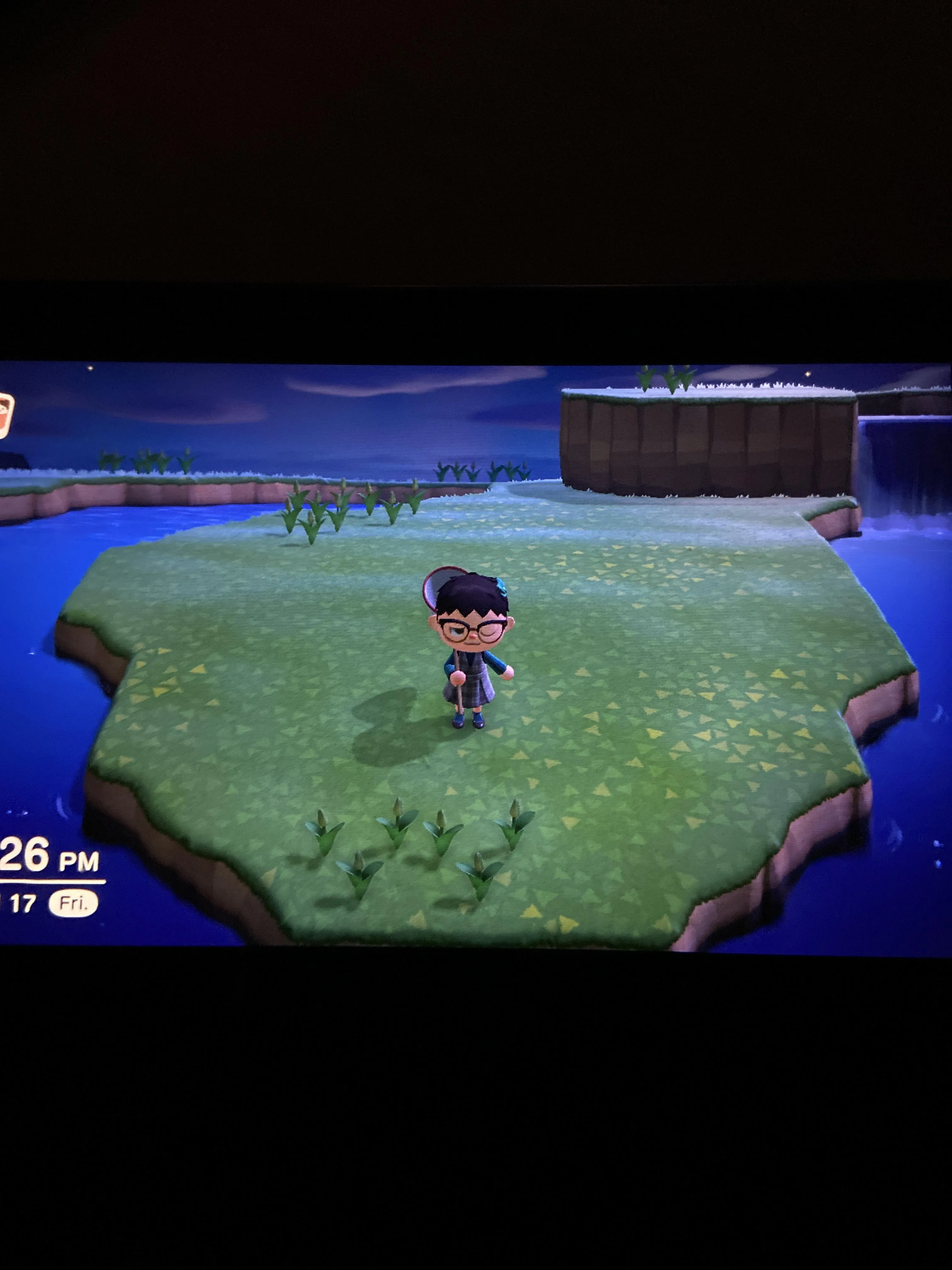
Once you’ve prepared your island, it’s time to master the art of catching tarantulas. This requires a combination of patience, precision, and strategy. Tarantulas are fast and aggressive, so you’ll need to approach them carefully and use your net effectively. Understanding their behavior, as well as the best techniques for sneaking up on them, are critical to your success. Remember, the goal is to catch as many tarantulas as possible, maximizing your profit. This takes practice and an understanding of how tarantulas interact with your character.
Tarantula Catching Techniques
Tarantula catching in ACNH is a delicate dance. When you spot a tarantula, approach it slowly with your net ready. When it raises its front legs in a defensive stance, stop moving. Wait until it lowers its legs before taking another step forward. Repeat this process until you are close enough to swing your net. Timing is crucial; a well-timed swing can catch a tarantula without it biting you. Quick reactions and precision will help you improve your catching success rate. By using this step-by-step method, you can avoid being bitten and maximize your catches.
The Importance of Timing and Positioning
Timing and positioning are key to successfully catching tarantulas. Before attempting to catch them, take a moment to plan your approach. Ensure you have a clear path to swing your net without obstructions. Then, carefully observe the tarantula’s behavior. Be patient, and time your swings to coincide with the tarantula’s lowered stance. Once you’re ready, swing the net and aim for a perfect catch. Practice is essential in honing your technique. With practice, you’ll be able to quickly and efficiently catch multiple tarantulas in a single session.
Preventing Tarantula Bites

Preventing tarantula bites is crucial for a successful farming session. Tarantulas bite when you get too close or move too quickly. The best way to avoid bites is to approach slowly and deliberately. Pause every time the tarantula raises its legs. Keep a close eye on the tarantula’s actions. If it gets too close, slowly back away to create distance. Mastering these techniques will help you avoid bites and maximize your catches. It’s important to stay calm and focused while approaching the tarantulas.
Fixing Specific Problems
Even after preparation and catching, issues might still arise. It’s essential to know how to troubleshoot common problems such as the appearance of other insects or a low tarantula spawn rate. By identifying and resolving these specific issues, you can improve your chances of a profitable tarantula-farming experience. This involves a process of methodical observation and adjustment, so that you can get the most out of your farming session.
Troubleshooting Island Issues
If you encounter problems such as other insects spawning, review your preparation. Ensure that the island is completely clear of flowers, weeds, and trees. Consider the time of day and weather conditions, as certain bugs may appear only during specific periods. If the spawn rate is still low, ensure that you haven’t brought a villager or other creature to the island. Troubleshooting often involves a process of elimination and adjustments. By identifying and addressing each potential factor, you can increase your chances of success.
Dealing with Unwanted Bugs or Villagers
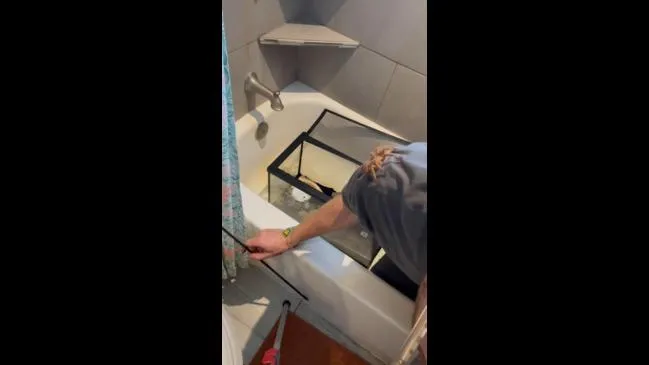
If other insects are spawning, remove them immediately. Use your net to catch them or scare them away. The goal is to create an environment where only tarantulas can spawn. If you find a villager on the island, either leave and return without a villager, or restart your session. Villagers interfere with the tarantula spawn process. You may need to adjust your approach or reset the island if the issue persists. By removing any distractions, you increase your chances of a productive farming session.
Restarting the Island’s Spawn Process
Sometimes, the island’s spawn process might not function as expected. If the tarantula spawn rate is consistently low, consider restarting the process. Leave the island and return, or time travel to the next in-game day. This resets the island’s spawn conditions and can often resolve issues. Before restarting, make sure you have cleared the island properly and are following all the best practices for tarantula farming. This is an important step to ensure that your hard work will pay off.
Maximizing Tarantula Island Success
To truly maximize your tarantula island success, you must take into consideration various factors such as timing, preparation, and technique. This includes optimizing your gameplay session, understanding the best times and conditions for farming, and constantly refining your approach. By implementing these strategies, you can significantly increase your yield and make the most of your time and effort. This goes beyond merely clearing the island and catching tarantulas. It’s about a comprehensive approach.
Best Time and Conditions for Tarantula Farming
Tarantulas are available during specific times of the year, so check the seasonal availability in ACNH. Also, tarantulas appear more frequently at night. Therefore, planning your farming sessions during the evening hours is ideal. Weather conditions also matter; rain will often cause tarantulas to disappear. Check the weather forecast before you depart for Tarantula Island. Additionally, make sure the season is right, as tarantulas are not available all year round. Planning your farming session carefully will improve your chances of a successful trip.
Additional Tips and Tricks
Here are a few extra tips and tricks to help you succeed with Tarantula Island. Optimize your inventory space before visiting, as you will need space for the tarantulas you catch. Also, take a friend to the island to assist with catching and storage. Always be patient, and don’t give up if the first few attempts are unsuccessful. Keep practicing your catching technique and clearing your island. With patience and persistence, you can turn your Tarantula Island visits into a lucrative source of income.
